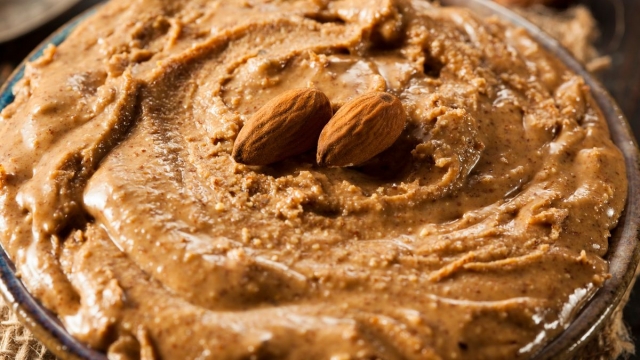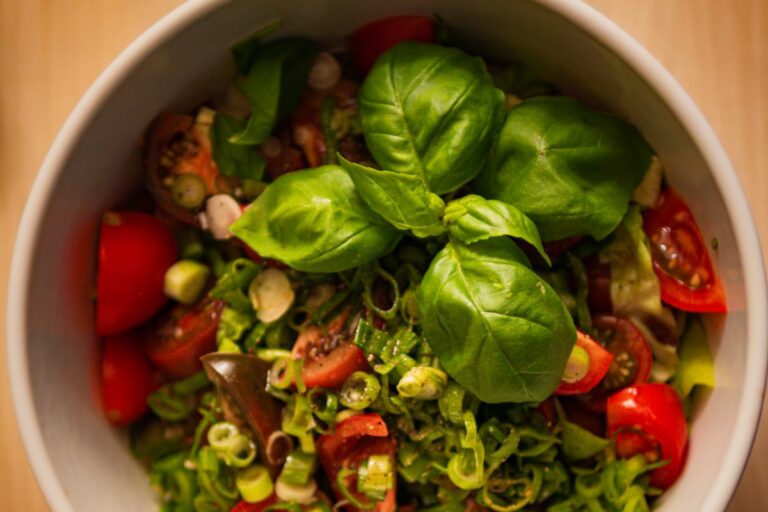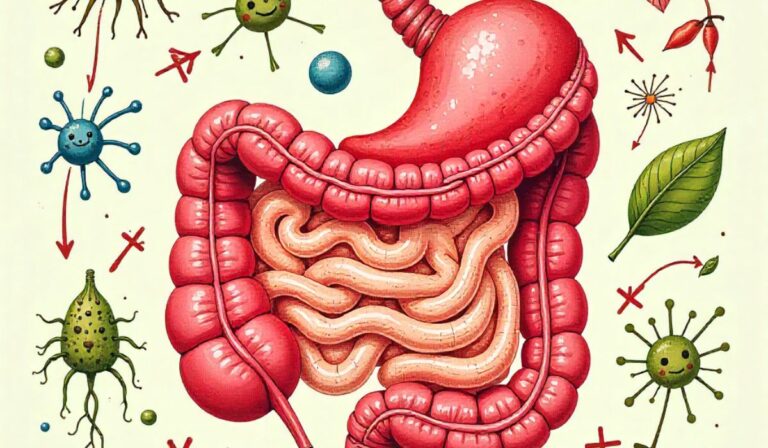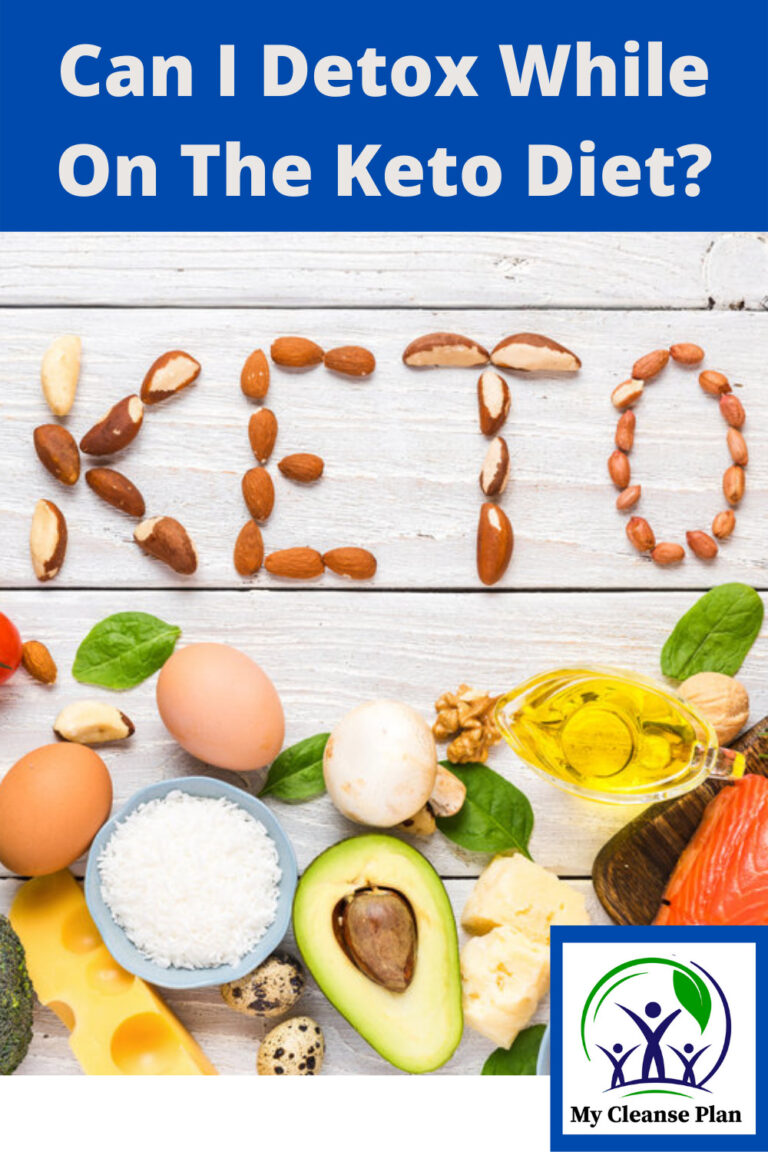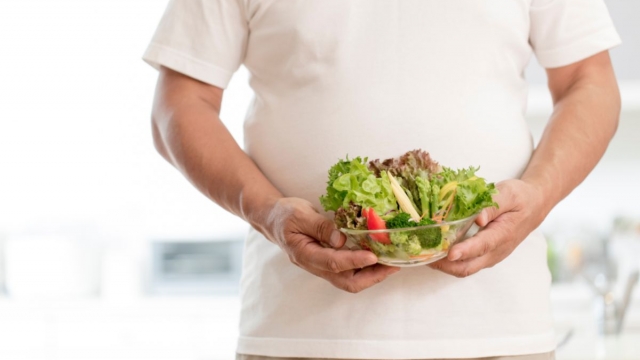Do Almonds Have Lectins And Why is This Important?
Almonds. Probably one of the most versatile nuts out there. You can put these in almost anything: cakes, flour, even salads.
They are a very earthy, yet creamy nut and we find them very enjoyable to eat on their own. But do they contain anything harmful?
You might have heard of lectins if you are a diet expert. They are carb-binding proteins that exist in high amounts in lots of legumes and grains.
The downside of lectins is the fact that they can cause autoimmune diseases and they do contain a few toxins.
But do almonds contain these lectins? The answer is… yes and no.
The skin of the almond does contain lectins, whereas blanched almonds, that is, almonds without the skin, contain zero lectins.
So let’s take a deeper dive into the world of lectins and almonds.
What Are Lectins?
This type of protein is found in both plants and animals. In plants, it is the protein that is designed to protect them against diseases and other pathogens.
In certain instances, lectins can be poisonous, for example, ricin is lethal to humans if consumed. This is why some people are extremely wary about consuming lectins.
Most foods contain lectins, with things like legumes, nuts, beans, and peanuts containing the highest doses of lectins.
There are some people that choose to avoid nuts altogether so that they don’t introduce these toxins into their system.
Most lectins will pass through the human body as they provide a lot of resistance against the body’s natural digestive enzymes.
However, there are some that release toxins in the body, which can lead to serious damage to the kidneys and liver.
How Can You Take The Lectins Out Of Almonds?
As we have mentioned, lectins are only present in almond skins. Therefore, a lot of people blanch almonds, eating them in their most raw form.
Here is a quick guide to blanching almonds, and getting rid of the skin so that you can consume them safely:
Boiling them – place your almonds in boiling water for no more than 60 seconds. This is a great way of getting rid of the skin quickly, although you’ll have to wait for them to cool down before eating.
Freezing them – you can also soak them in cold water in the fridge for around 24 hours. Once you have done this, then you should find that the skin comes off very easily.
Ice – if you do not have a refrigerator to hang, place them in a bowl of water and ice. The skins will come off in around 24 hours, in much the same way as they would with the fridge.
But what about other products that contain almonds? You can get almond milk, almond butter, and almond flour.
Do these contain lectins? Well, let’s have a look at how they are made and see if you can get rid of the toxins that are contained within.
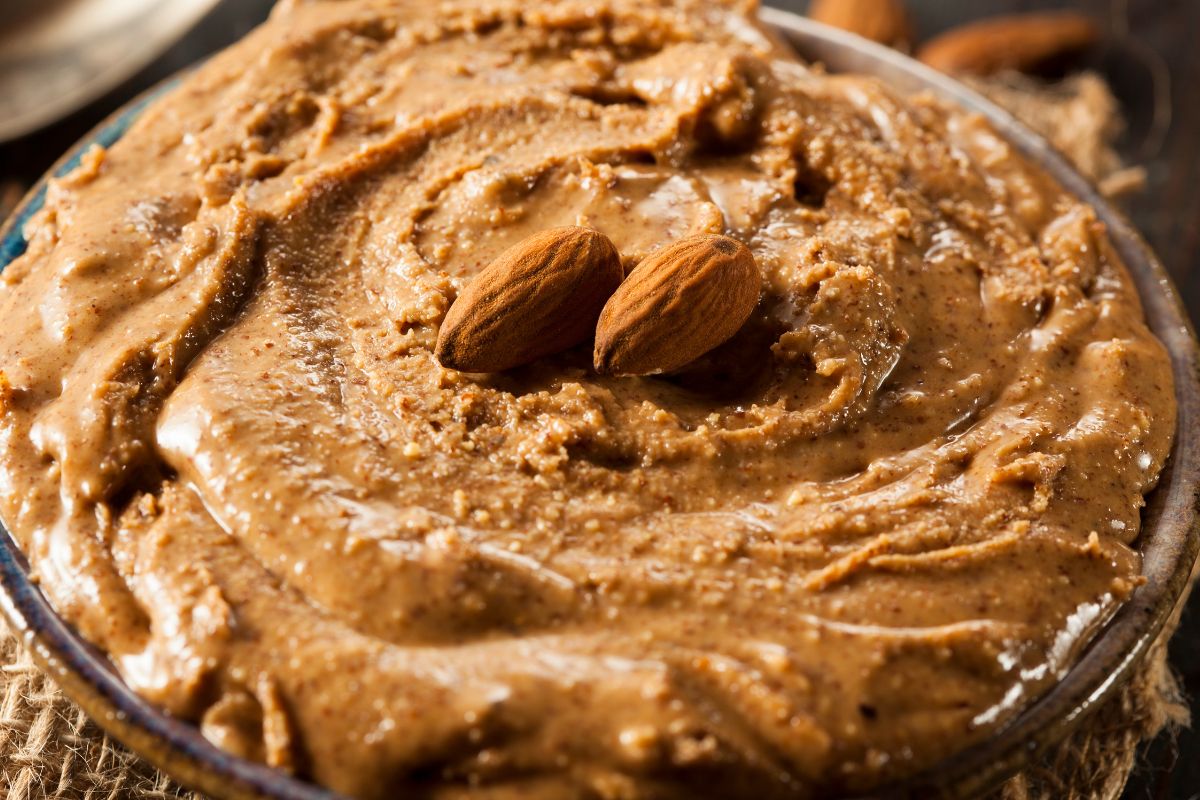
Almond Butter And Lectins
A lot of the almond butter that you find in the stores does not contain any lectins as the skins are usually removed before the butter is made.
Usually, the almonds are blanched and roasted, with things like cinnamon and coconut butter, and cacao butter added afterward.
You can make your own almond butter with very few ingredients. All you need to do is blend some blanched almonds until they form a paste.
Then you add ingredients such as salt, cinnamon, cacao butter, and coconut oil before blending again.
Almond Milk And Lectins
In much the same way as almond butter is made, the lectins are usually removed along with the skins. If you look at the color of almond milk, it is creamier like the center of the almond.
If you really want to be sure that there are no toxins or impurities in your almond milk, then you can always contact the company making the milk to see what exactly they use.
If you are still not sure, then you can always try making your own almond milk. This process is relatively easy.
All you need to do is mix around 2 tablespoons of almond butter with a cup of water, then blend them together. The final mixture should be thick and creamy.
You can also soak your almonds overnight (blanching them beforehand), then strain the ‘milk’ that is produced through a tea towel.
Almond Flour And Lectins
Finally, you’ll be happy to hear that there are no lectins in flour either. However, there have been various studies that have suggested too much consumption of almond flour in your baking can lead to intolerance.
This could take the form of stomach cramps or psoriasis on your skin.
Again, almond flour is made with blanched almonds, so your lectins have been removed along with the skin.
These almonds are then dried out, ground, and sifted until they resemble a powder-like consistency. This almond flour is commonly used in vegan and ketogenic baking.
Explore Also:
Creativehouseblog
Dietsheriff
Gigasecurehome
Frequently Asked Questions
Is It Healthy To Adopt A Lectin-Free Diet?
Science has not yet proved that lectins are that hazardous for our health when consumed in the form of nuts.
Some say that by opting entirely out of lectins, you might be missing out on other valuable nutrients.
What Foods Do Not Contain Lectins?
As we mentioned above, all foods contain lectins. However, there are foods that are very low in this protein. Here is a short list of them:
- Grass-fed meats
- Fish and seafood
- Grass-fed, free-range poultry
- Buffalo and Goat products
- Sweet potato
- Olive oil
- Avocado oil
- Dark chocolate
- Cruciferous vegetables
Final Thoughts
Almonds do contain lectins, although if you remove the skin then they are completely free of them.
If you are adopting a lectin-free diet, then this means that you won’t have to cut out almonds altogether, just make sure that you remove the skin beforehand.
Also, all products made from almonds – almond flour, almond milk, and almond butter – are all free of lectin as they have the skins removed before processing.

